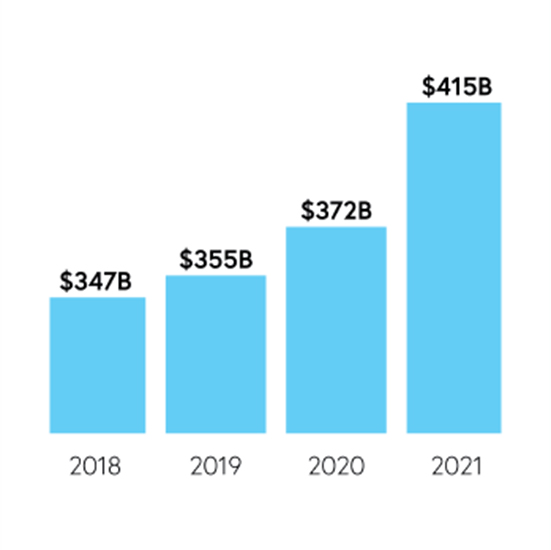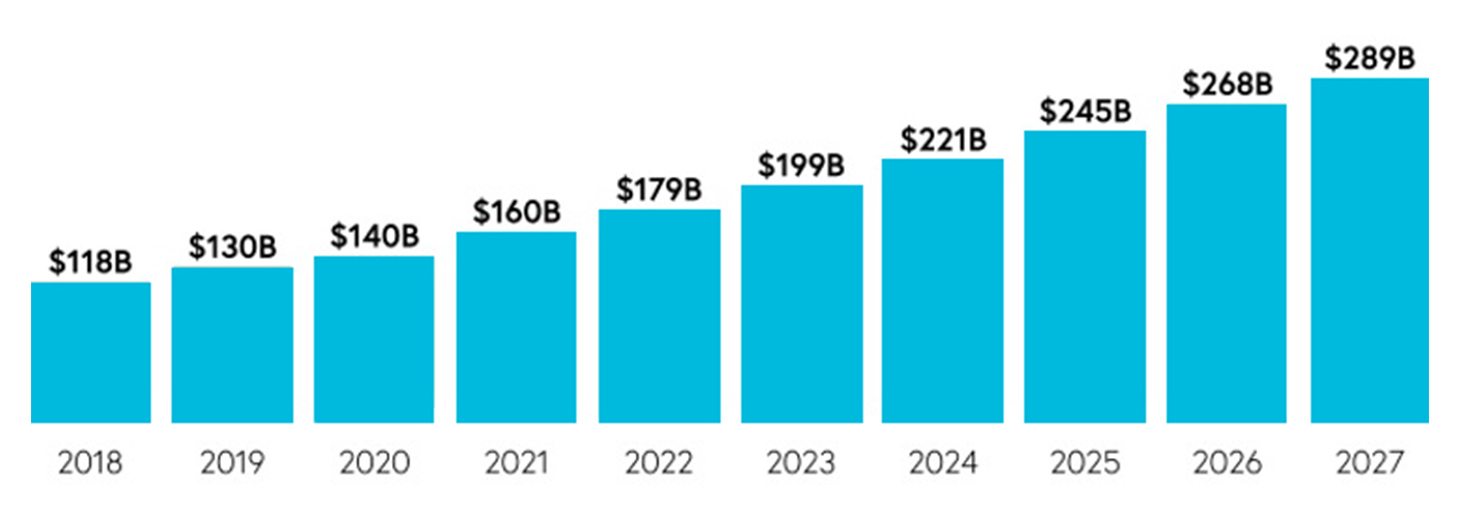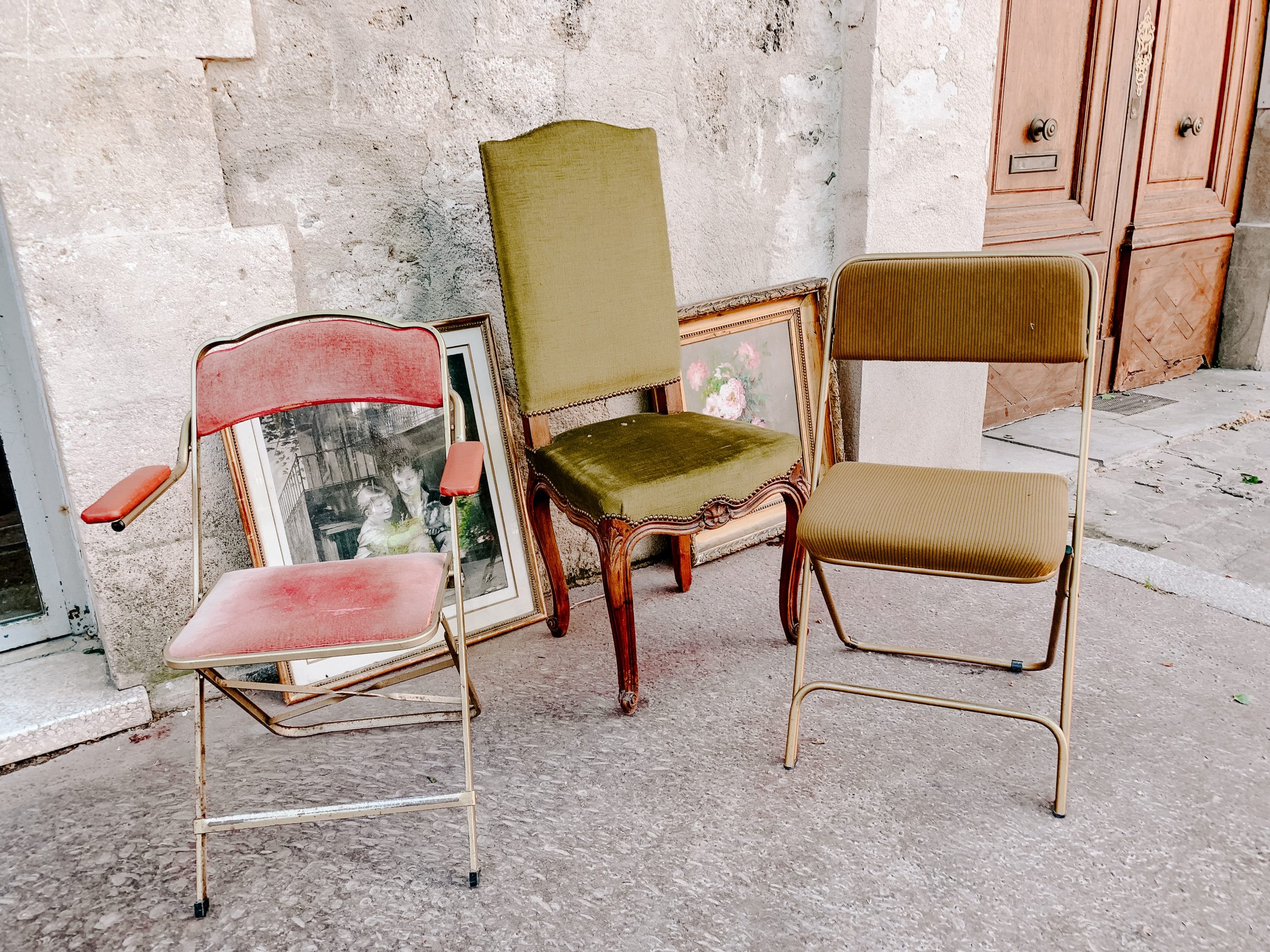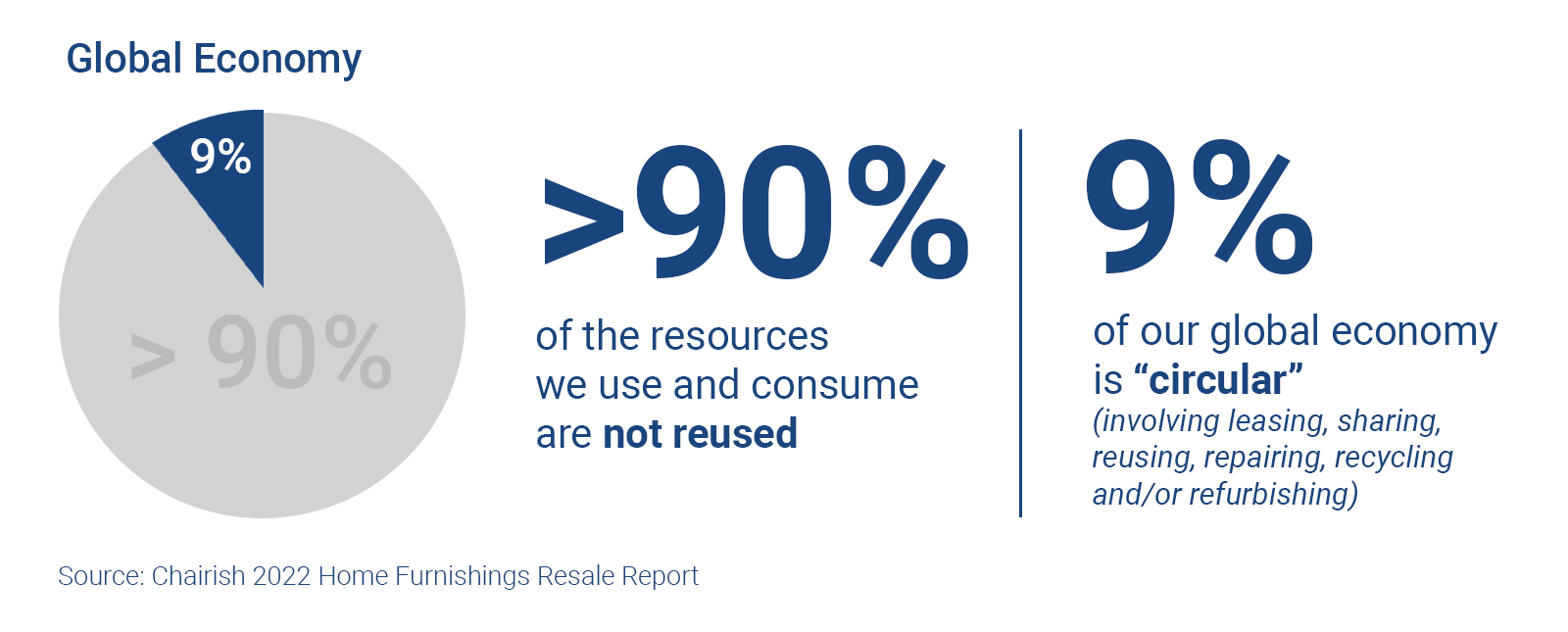Out with the Old and In with the Old
Furniture is one of the largest waste categories in the U.S. if not worldwide, generating more than 12 million tons of waste in landfills every year, according to 2018 data by the Environmental Protection Agency. Over the past decade, there has been an acceleration in businesses across the globe provide new homes for pre-owned or pre-loved furniture. Leading the way is Kaiyo, an online marketplace for secondhand furniture, says it has helped the impact by keeping nearly three million pounds out of landfills since its launch in 2015. You’re probably more familiar with seeing things like second-hand books or refurbished tech products available at steep discounts. But chances are high that if you’re following recent trends, you’ve hopped into the second-hand furniture industry, too.

Since many of us were still staying closer to home—and investing in that space rather than, say, travel—the home furnishing market grew twice as fast from 2020 to 2021 as it did the previous year, according to GlobalData 2022 Resale Home Furnishings Market Research. Americans are now investing about $415 billion per year on furnishings, and this is expected to top $477 billion by 2027.


The service applies only to used IKEA furniture that is fully assembled and functional. Acceptable products include office drawer cabinets, bookcases, small tables, dining tables, desks and chairs and stools without upholstery. However, there are items IKEA will not take back which includes beds, sofas, mattresses, home furnishing accessories, leather products or lighting fixtures.
Unlike platforms such as Chairish and Kaiyo, used furniture sellers earn an IKEA store credit. Typically, sellers receive between 30 to 50 percent of the original price. By having such a programme, it helps IKEA align with goal to become climate positive by 2030.


The top four reasons, according to a Chairish report, appear to be:
- Better value amidst inflation
- Larger, more diverse selection
- Quicker fulfillment and fewer supply chain delays
- Less of an environmental impact (selling and shopping secondhand is one of our favorite forms of recycling!)
Fast Furniture comes at a great environmental cost. Making and shipping a single piece of furniture emits an estimated 90 kilograms of carbon, the equivalent of flying a Boeing 747 for an hour. Americans throw out 12 million tons of furniture annually, up from 2 million in 1960, which clogs our landfills and wastes the wood, metal, and plastic required to create it.
Get this: Only about 9 percent of our global economy is “circular”, meaning that it involves some form of leasing, sharing, reusing, repairing, recycling and/or refurbishing. That means more than 90 percent of the resources we use and consume are not reused, reports the Ellen MacArthur Foundation, and more than 12 million tons of home furnishings alone are thrown out every year in the U.S. For perspective, back in 1960, we tossed 2 million tons, according to estimates from the U.S. Environmental Protection Agency (EPA). If we learned more into the circular economy for frequent furnishing components like aluminium, plastic, and steel, we could make a major dent in reducing global carbon gas emissions.




